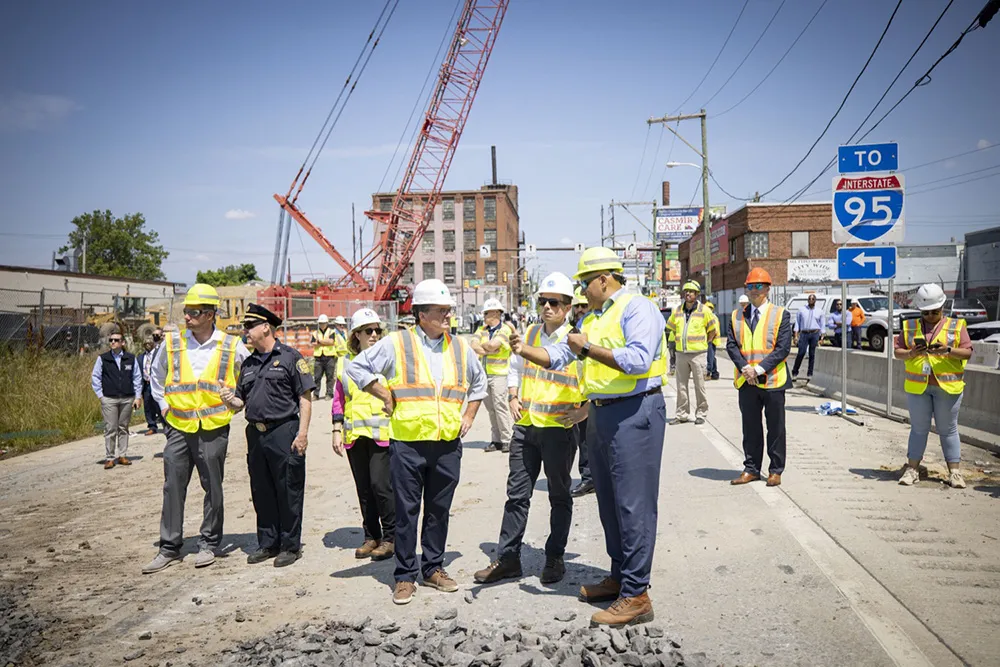Work will begin this summer on the first major improvements to US Interstate 66 inside the Capital Beltway, Virginia, in 15 years. The Virginia Department of Transportation (VDOT) project is part of a comprehensive initiative to transform the I-66 corridor, giving commuters and other travellers a variety of fast and reliable choices for getting to and from work.
Toll revenues will fund multimodal improvements, giving commuters expanded options for travel. To jumpstart the process, the Commonwealth Transp
August 2, 2016
Read time: 2 mins
RSSWork will begin this summer on the first major improvements to US Interstate 66 inside the Capital Beltway, Virginia, in 15 years. The 1747 Virginia Department of Transportation (VDOT) project is part of a comprehensive initiative to transform the I-66 corridor, giving commuters and other travellers a variety of fast and reliable choices for getting to and from work.
Toll revenues will fund multimodal improvements, giving commuters expanded options for travel. To jumpstart the process, the Commonwealth Transportation Board recently approved a nearly US$10 million program to fund a series of multimodal projects identified by the Northern Virginia Transportation Commission.
Contracts totalling US$60 million were awarded to Fort Myer Construction for tolling infrastructure construction and to139 TransCore for tolling equipment installation. The project includes eight overhead electronic toll collection gantries on I-66 and approximately 125 signs along I-66 and local roads approaching the highway. The work will require periodic lane closures on local roads approaching I-66 interchanges, ramp closures and night-time lane closures along I-66 itself. Brief, occasional total closures of I-66 will occur during overnight construction to install the overhead gantries. Construction will conclude next year.
In addition to these improvements, a four-mile segment of eastbound I-66 from the Dulles Connector Road to Fairfax Drive will be widened to provide further congestion relief.
The initial project includes the installation of tolling equipment along the Capital Beltway to the Lee Highway exit and signage on local streets approaching the highway. The new I-66 inside the Beltway will be the country’s first roadway with dynamic tolling on all lanes during peak period traffic, keeping traffic moving at highway speeds by adjusting toll prices based on traffic volume.
Toll revenues will fund multimodal improvements, giving commuters expanded options for travel. To jumpstart the process, the Commonwealth Transportation Board recently approved a nearly US$10 million program to fund a series of multimodal projects identified by the Northern Virginia Transportation Commission.
Contracts totalling US$60 million were awarded to Fort Myer Construction for tolling infrastructure construction and to
In addition to these improvements, a four-mile segment of eastbound I-66 from the Dulles Connector Road to Fairfax Drive will be widened to provide further congestion relief.
The initial project includes the installation of tolling equipment along the Capital Beltway to the Lee Highway exit and signage on local streets approaching the highway. The new I-66 inside the Beltway will be the country’s first roadway with dynamic tolling on all lanes during peak period traffic, keeping traffic moving at highway speeds by adjusting toll prices based on traffic volume.









